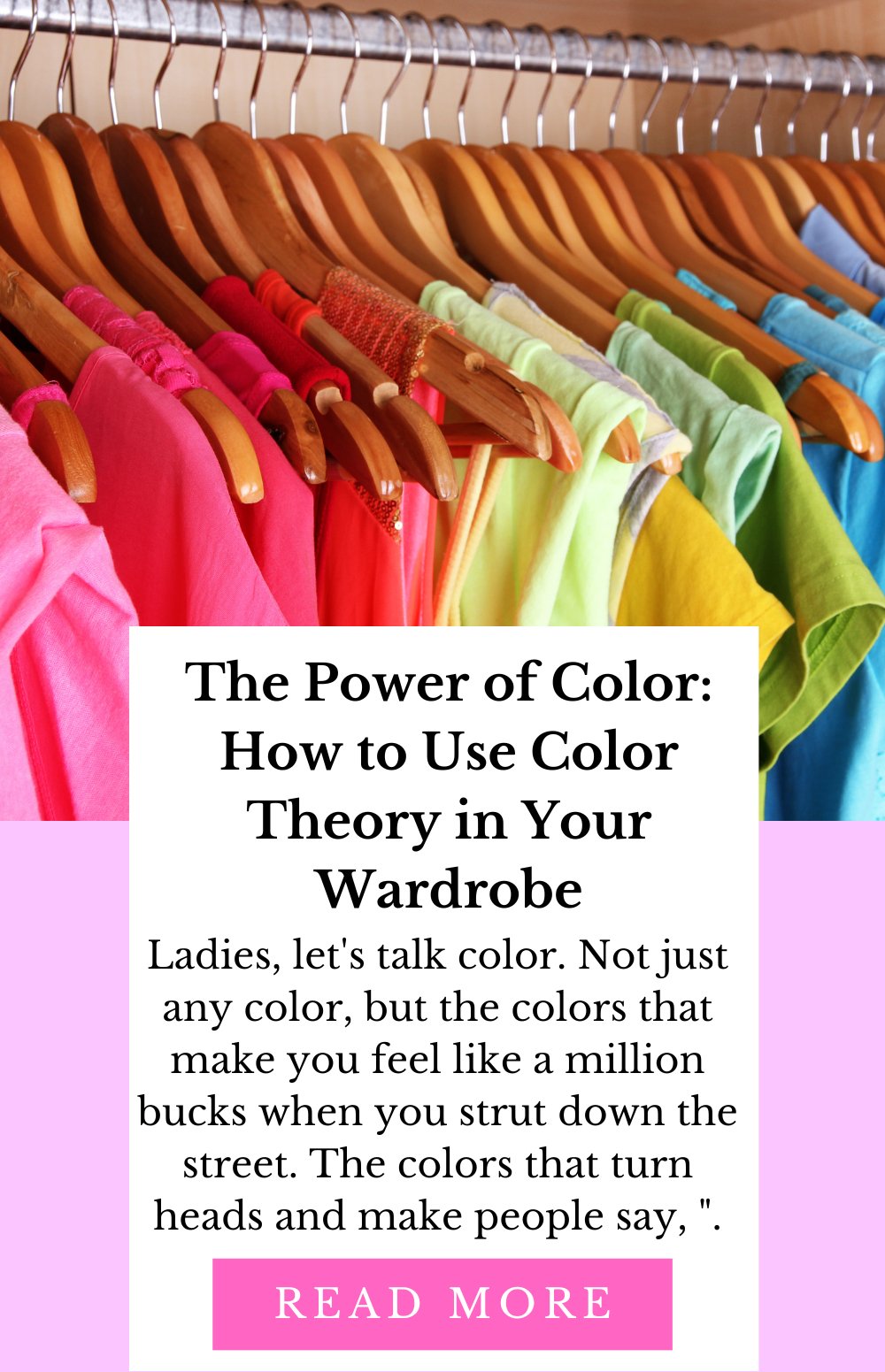
The Power of Color: How to Use Color Theory in Your Wardrobe
Ladies, let's talk color. Not just any color, but the colors that make you feel like a million bucks when you strut down the street. The colors that turn heads and make people say, "Wow, she's got style!" Yes, those colors. But how do you know which colors are your colors? Well, that's where color theory comes into play. So, buckle up, fashionistas! We're about to take a fun, fabulous, and oh-so-colorful journey into the world of color theory.
Understanding Color Theory
Color theory is like the secret language of fashion. It's a set of rules (more like guidelines, really) that artists and designers use to communicate with color. It's all based on the color wheel, a rainbow circle of colors that shows how different hues relate to each other. Sounds a bit artsy-fartsy, right? But trust us, once you get the hang of it, you'll be mixing and matching colors like a pro.Primary, Secondary, and Tertiary Colors
Let's start with the basics. Primary colors are the big three: red, yellow, and blue. You can't make them by mixing other colors together. They're like the divas of the color world - unique and independent.Mix two primary colors together, and you get secondary colors: green, orange, and purple. They're like the besties of the primary colors, always hanging out together.
Tertiary colors are the result of mixing a primary color with a secondary color. They have fancy names like red-orange and blue-green. They're like the cool, edgy kids of the color wheel, always ready to add a unique twist to your outfit.
Warm and Cool Colors
Colors also have temperatures. No, they're not going to give you a fever, but they can make your outfit hot or cool. Warm colors (reds, oranges, yellows) are vibrant and energetic. They're like the life of the party, always ready to make a bold statement.Cool colors (blues, greens, purples) are calm and soothing. They're like the chill, laid-back friend who always knows how to keep it classy.
Complementary, Analogous, and Monochromatic Colors
Now that we've got the basics down, let's talk about how to actually use these colors in your wardrobe.Complementary colors are opposite each other on the color wheel (like red and green or blue and orange). They're like the odd couples of the color world. They might seem different, but together, they create a vibrant, high-contrast look that's sure to turn heads.
Analogous colors are next to each other on the color wheel (like blue, blue-green, and green). They're like the best friends who always get along. An outfit with analogous colors is harmonious and pleasing to the eye.
Monochromatic colors are different shades, tints, or tones of the same color. A monochromatic outfit (like a burgundy blouse with rose-colored pants) is chic and sophisticated. It's like saying, "I'm so fabulous, I only need one color to look amazing."
The Power of Color in Your Wardrobe
So, why should you care about color theory? Because color is powerful. It can change your mood, express your personality, and even influence how others perceive you. By understanding color theory, you can choose clothes that enhance your natural beauty, express your personal style, and make you feel confident and fabulous.
Color theory might sound complicated, but it's really just about understanding how colors work together. So, the next time you're standing in front of your closet, unsure of what to wear, remember the color wheel. Experiment with complementary, analogous, or monochromatic colors. Play with warm and cool hues. But most importantly, have fun with it! After all, fashion is all about expressing yourself. So, go ahead, embrace the power of color, and let your true colors shine!
This version of your blog post is optimized for featured snippets with the use of headers for each section, making it easier for search engines to understand the structure of your content. It also includes the added keywords for better SEO.

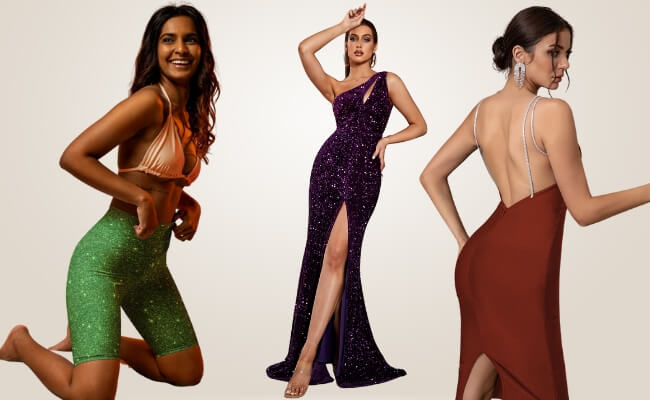
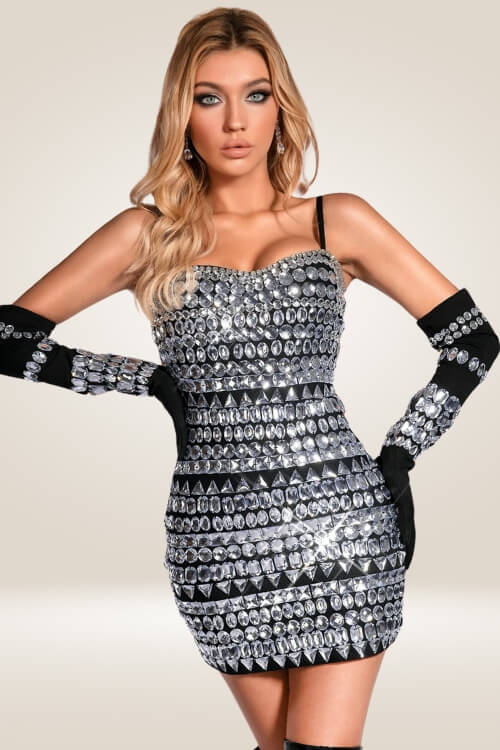
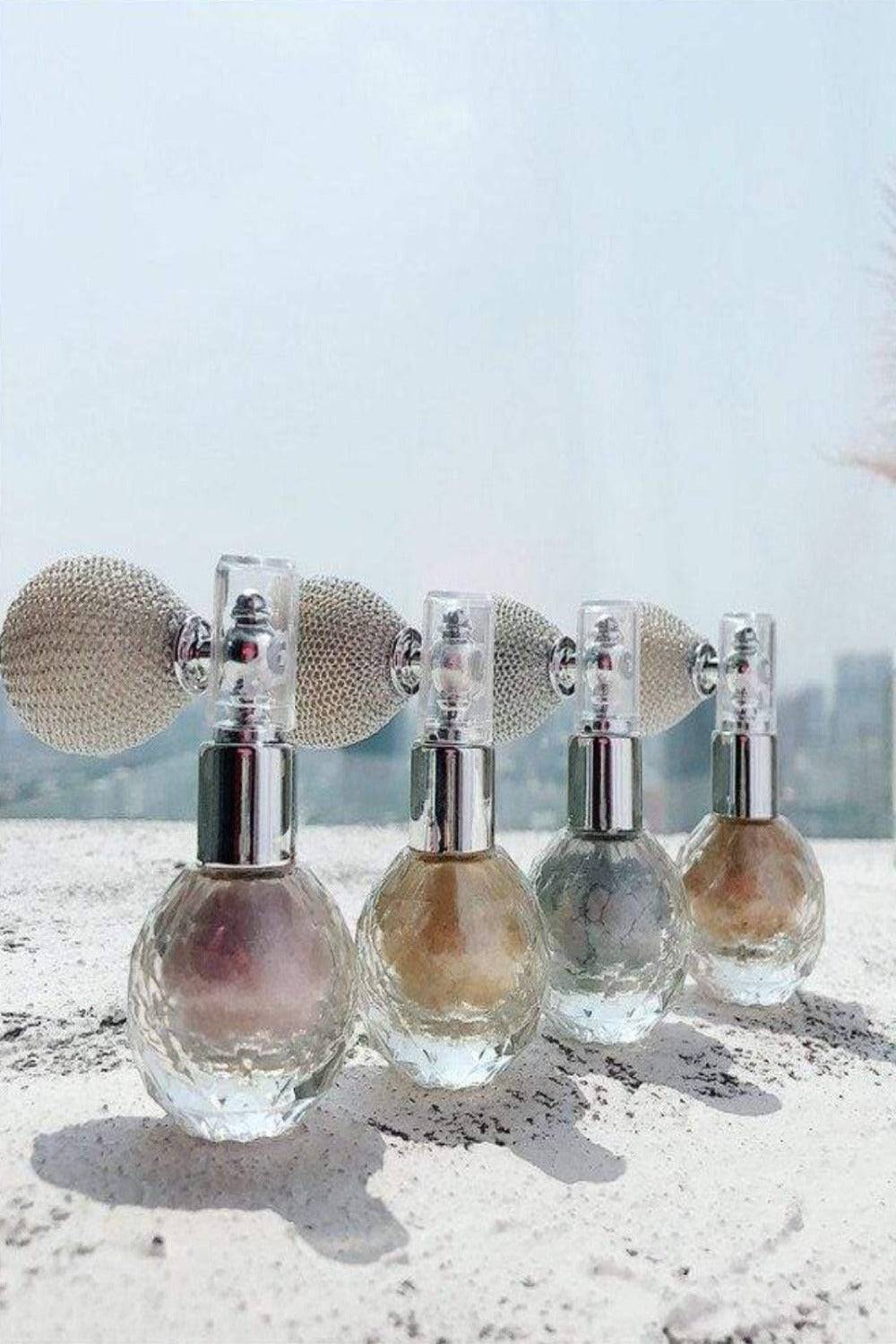
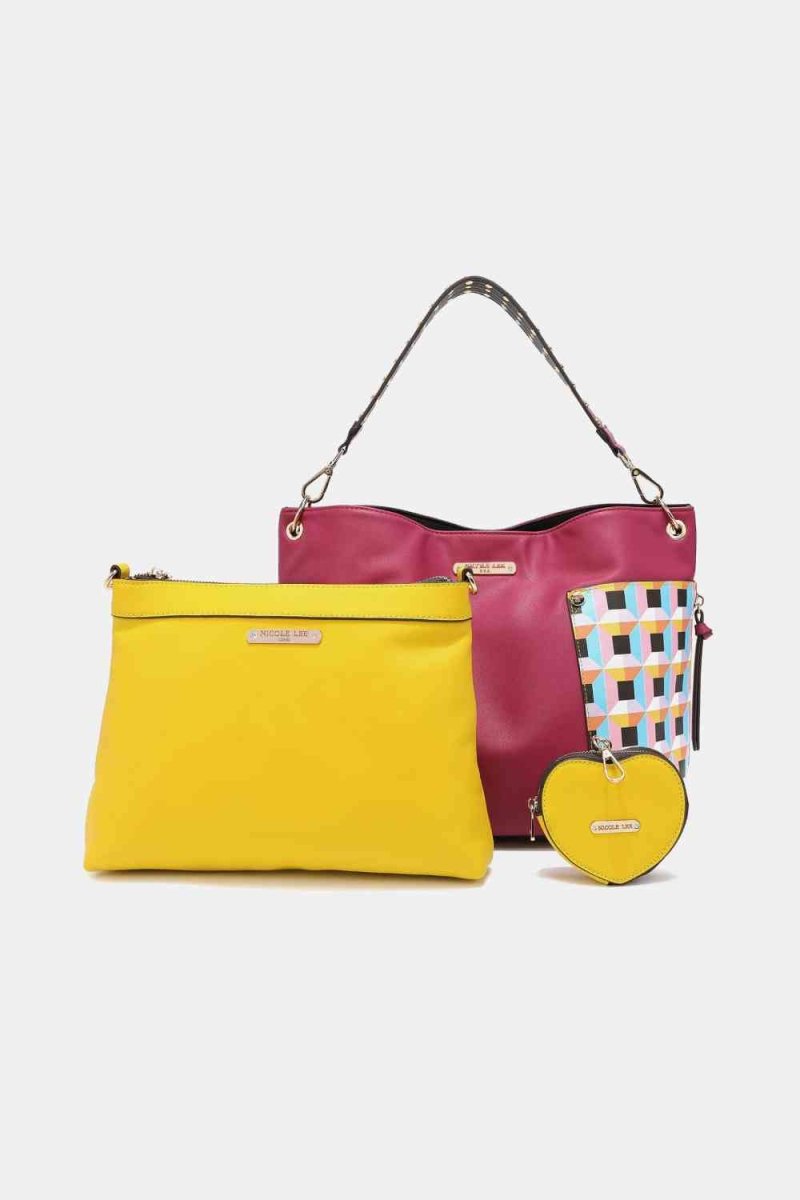
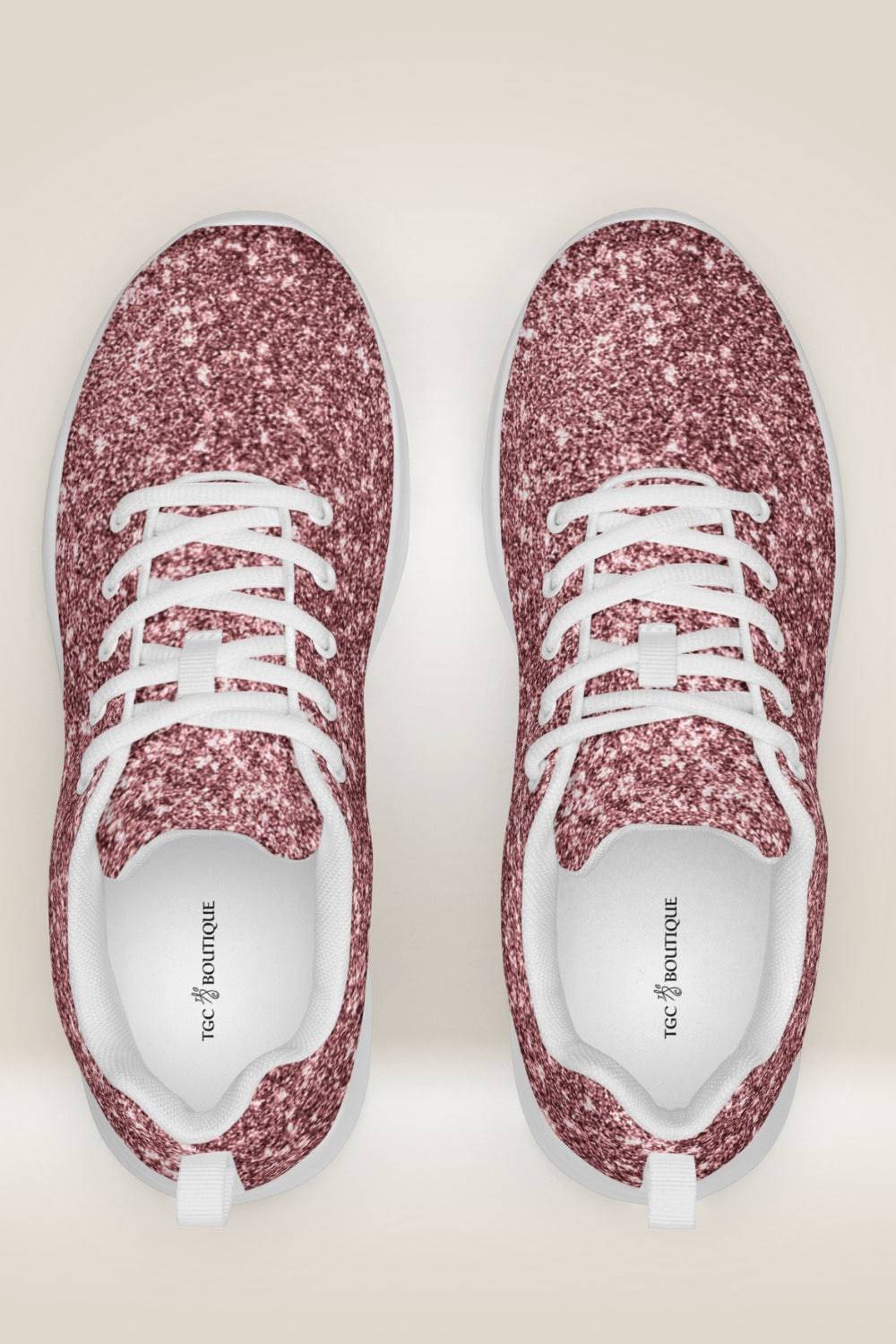
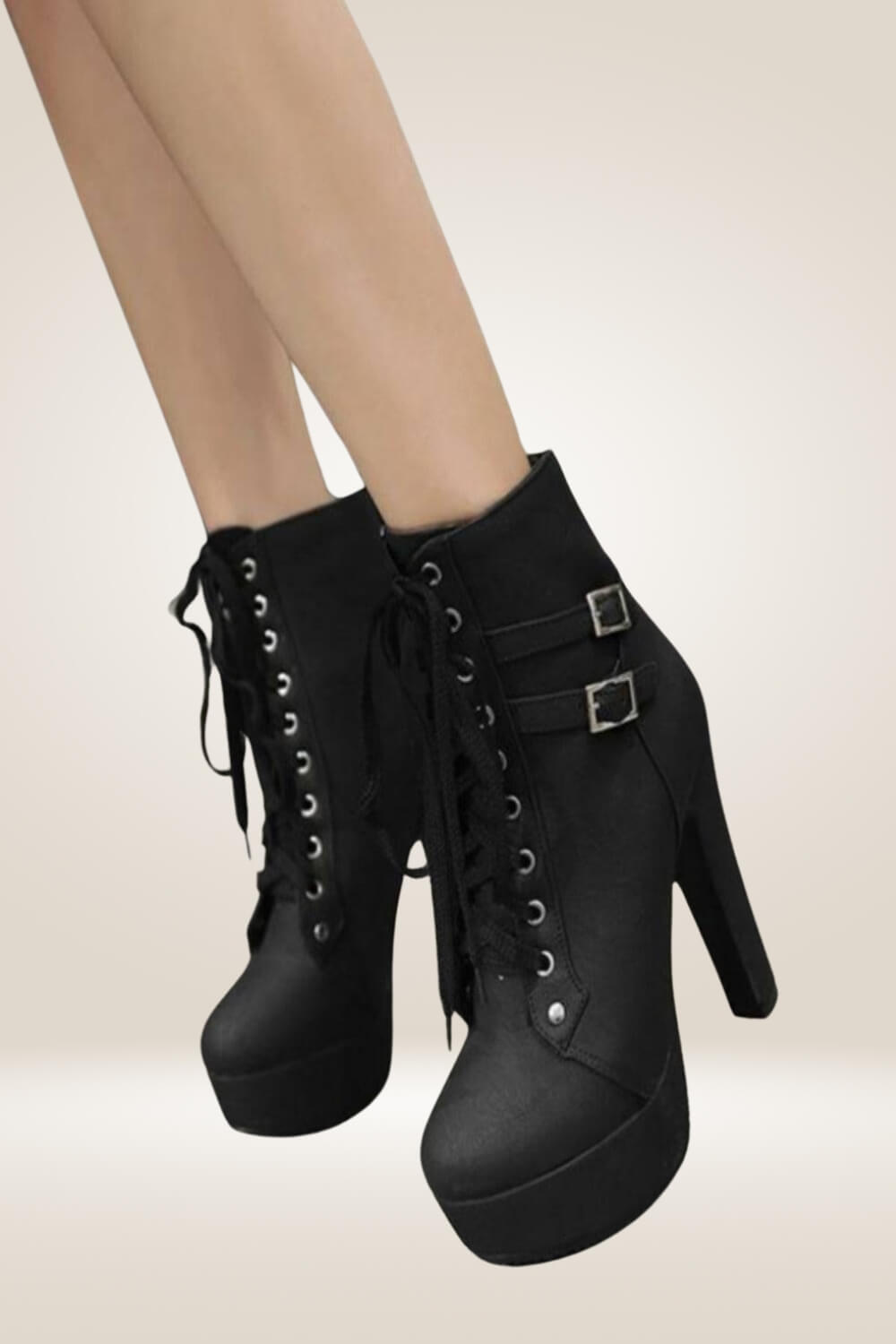
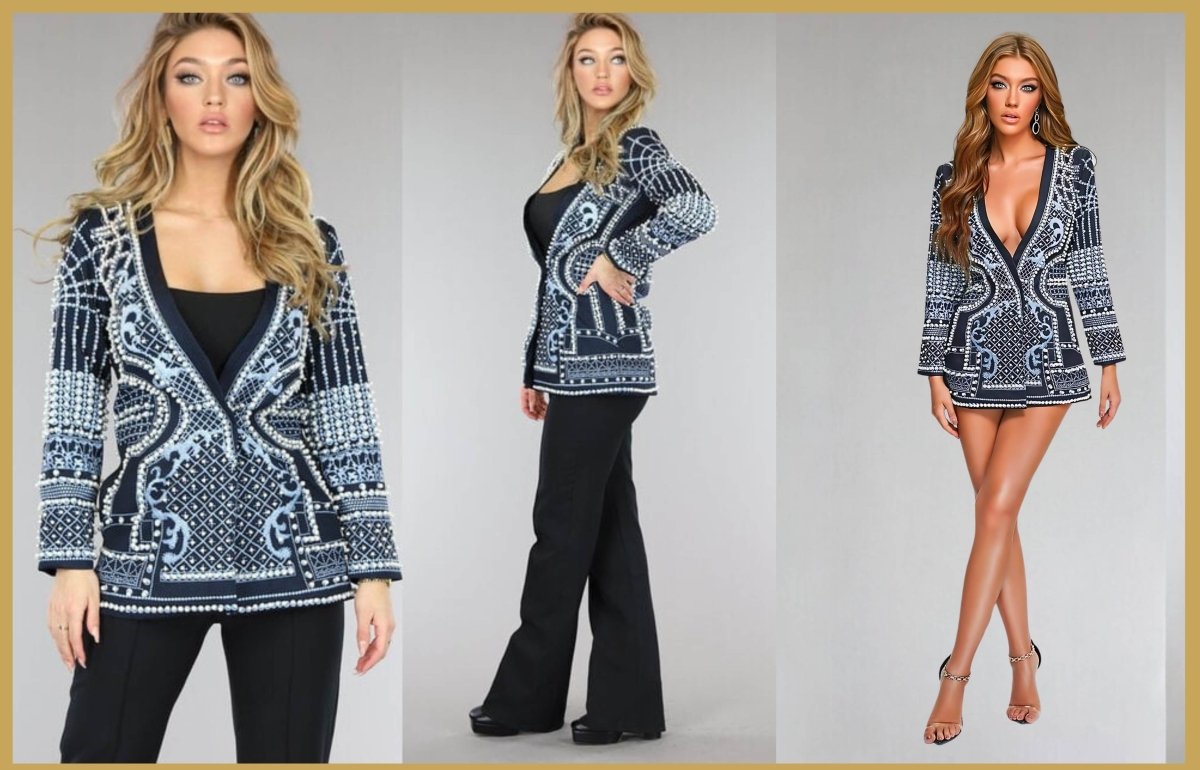
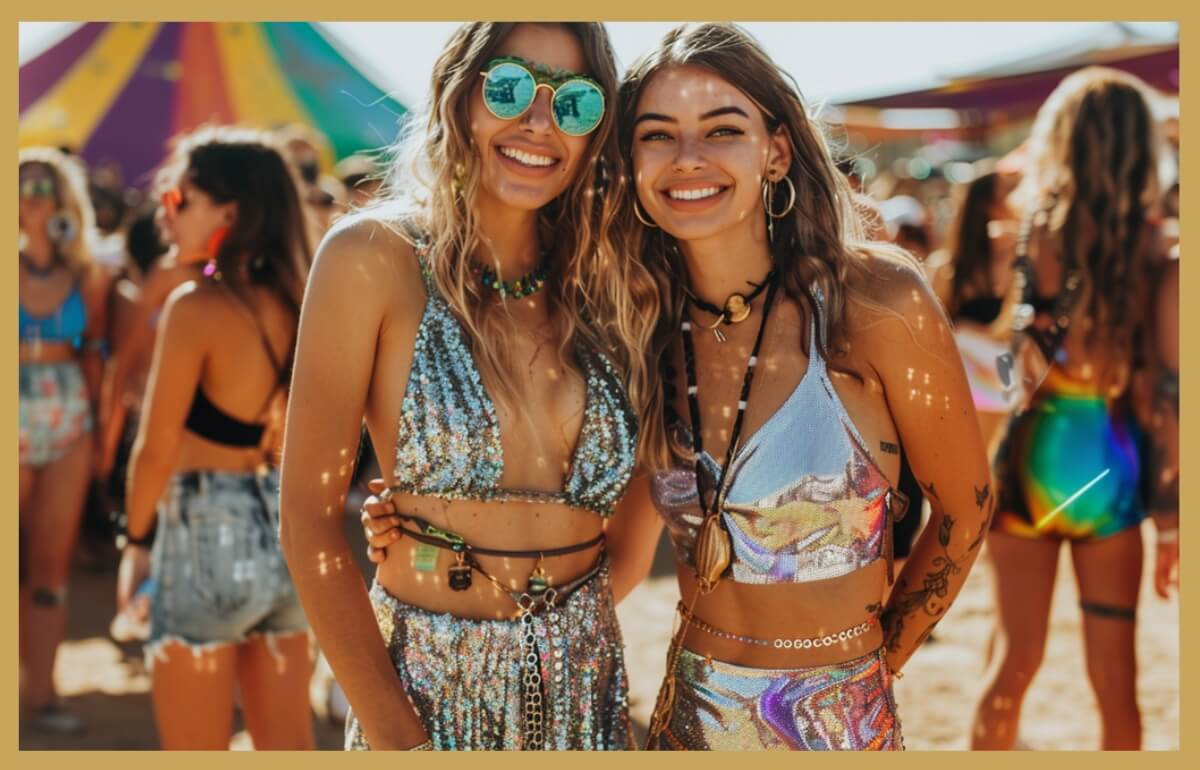
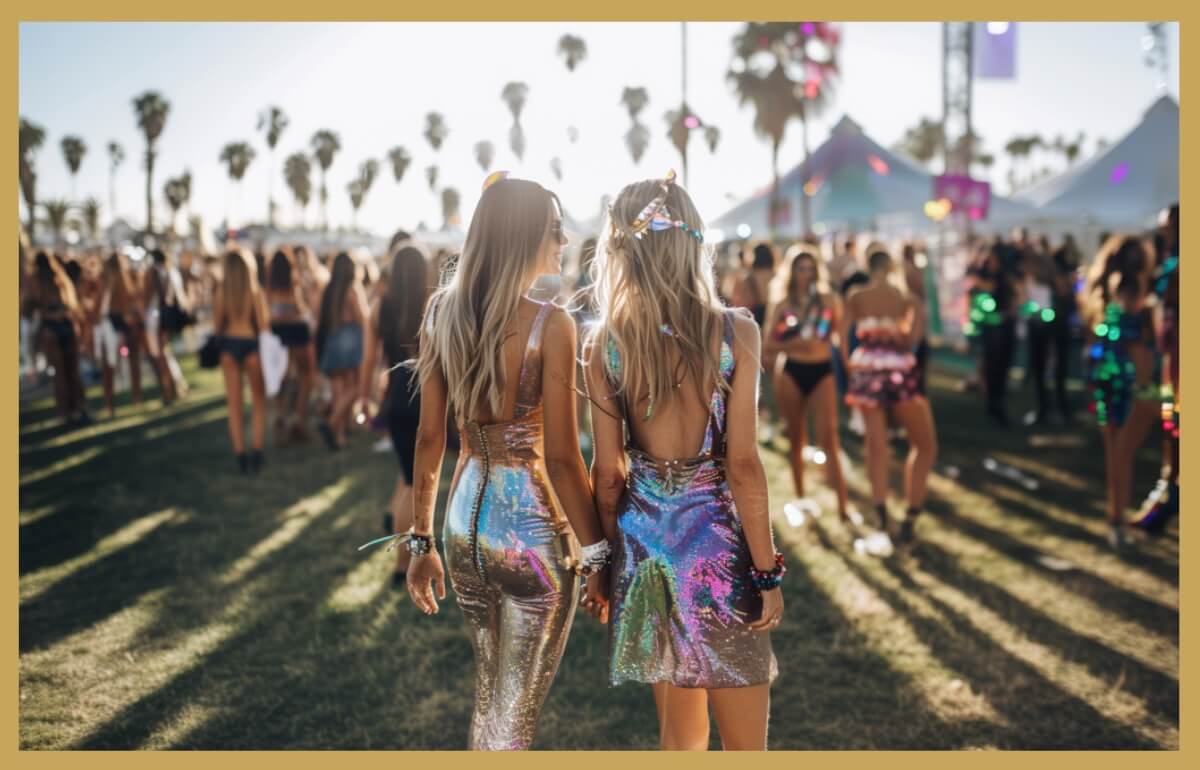
Leave a comment
This site is protected by hCaptcha and the hCaptcha Privacy Policy and Terms of Service apply.